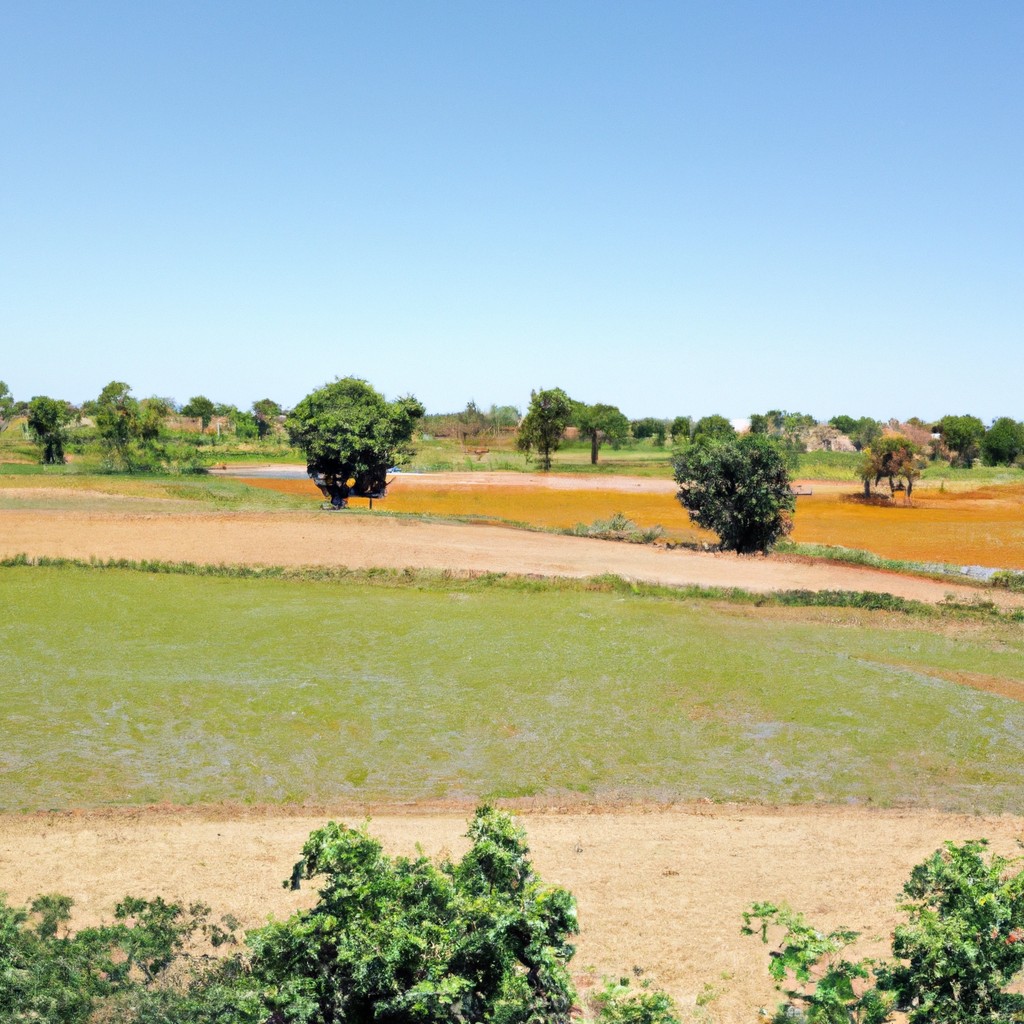This article explains the concept of plantation agriculture within the context of AP Human Geography, detailing its characteristics, historical significance, and effects on societies.
Look Inside:
Definition and Key Characteristics of Plantation Agriculture

Plantation agriculture involves large-scale farming focused on growing a single crop for market sale. Typically managed as large estates, these farms mainly thrive in tropical regions where conditions favor the growth of crops like rubber, sugar cane, coffee, and tea.
One key feature of this farming style is its reliance on a significant labor force. Often, workers live on-site in housing provided by the plantation owners. This close-knit living arrangement helps plantations maintain a steady workforce ready to handle the intense, seasonally driven demands of crop production.
Plantations also heavily depend on export markets, making their operation significantly influenced by global trade dynamics and prices. This dependency ties the economic health of a plantation closely to global demand fluctuations, impacting both the plantation’s sustainability and the workers’ livelihoods.
Geographic Distribution and Major Crops of Plantation Farms
Plantation agriculture thrives in tropical and subtropical regions worldwide due to favorable climates and long growing seasons. Latin America, parts of Africa, Southeast Asia, and the southern United States prominently feature these large-scale farms.
Key crops vary by region due to climate and soil conditions. For instance, sugar cane dominates in Brazil, the world’s largest producer. Similarly, rubber plantations are widespread in Malaysia and Indonesia, both leading producers of natural rubber. The southern U.S. focuses on cotton and tobacco, which are deeply embedded in the region’s agricultural history. In Africa, especially around the Ivory Coast and Ghana, cacao is the primary crop, with these countries standing as top global suppliers of cocoa.
The choice of crop influences not only the agricultural techniques but also the labor practices and economic relationships with other regions, shaping the local and global economies. By understanding these dynamics, one can appreciate the intricate balance agriculture must maintain within ecological and economic systems.
Economic Impact and Role in Global Trade
Plantation agriculture significantly contributes to the economies of many developing countries by providing employment and generating foreign exchange through the export of cash crops. Think of bananas from Ecuador, cocoa from Ghana, or rubber from Thailand; these are staples on plantations that are traded on a global scale.
This type of agriculture also attracts foreign investment, which can lead to improvements in infrastructure such as roads and ports. However, it can make economies dependent on a single export commodity, making them vulnerable to price fluctuations in international markets.
Additionally, the focus on export crops can sometimes lead to a neglect of local food production, raising concerns about food security in plantation-heavy regions. The dynamic interplay between economic growth and challenges paints a complex picture of the role of plantation agriculture in global trade.
Social Dynamics and Environmental Challenges On Plantation Farms
Plantation farming often relies heavily on labor from local communities, leading to a unique set of social dynamics. Workers may face challenging conditions, such as long hours and limited rights, which can spark social movements and demands for better treatment and pay. These issues are particularly prevalent in regions where such farms are a primary source of employment.
From an environmental standpoint, plantation agriculture can have profound impacts. The cultivation of single crops in large areas—known as monocropping—can lead to soil depletion and increased vulnerability to pests, necessitating the use of large quantities of chemical pesticides and fertilizers. These practices, while boosting yield, can also lead to water pollution and affect local biodiversity.
Efforts to address these challenges include implementing more sustainable farming practices, such as crop rotation and organic farming, and improving labor policies to enhance workers’ conditions. These measures not only help in mitigating the adverse effects but also contribute to the overall sustainability of the agricultural sector.
Future Trends in Plantation Agriculture
As technology advances, plantation agriculture is also adapting. Precision agriculture using drones and sensors is on the rise, allowing for more efficient water and nutrient use, and better pest management. This not only conserves resources but also increases yield and reduces environmental impact.
Additionally, there’s a growing shift towards sustainable practices. More plantations are embracing organic farming methods, reducing the use of chemical pesticides and fertilizers, and integrating crop diversity to improve soil health and biodiversity.
Economic sustainability is also becoming a focus. With the global demand for transparency, plantations are implementing fair trade practices and improving labor conditions to enhance worker welfare and attract ethically conscious consumers.
Finally, climate change remains a significant driver of innovation. Research into drought-resistant crop varieties and farming techniques that lower carbon footprints is increasingly crucial for the future resilience of plantation agriculture. These trends indicate a move towards a more sustainable, efficient, and socially responsible approach to farming on a large scale.




